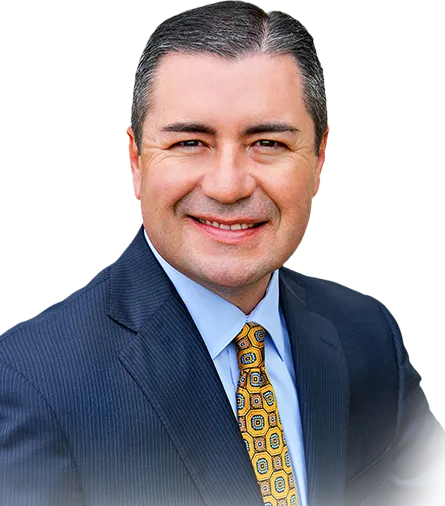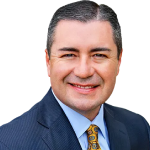|
|
Last Modified on Jan 19, 2018
You’ve heard the terms “funding your trust” and you know that it’s important for purposes of avoiding probate, but what assets should you be putting in trust? This article takes a look at bank/savings and other accounts and a few common questions many individuals have when transferring these accounts into the name of their trust.

Generally, the transfer of Money Market Accounts, Savings Accounts and Timed Deposits (CD’s) into your revocable trust can be accomplished quite easily. All you need do is provide your bank with a copy of the Certificate of Trust. You will then sign new signature cards as trustee of your trust.
Do I need to open a new account or have the bank to issue me new checks to reflect the name of my trust?
This depends on your bank. However, it doesn’t matter so much how your account is updated to reflect your trust; just that it’s done in a timely fashion. Typically, you will not have to open new accounts to replace existing accounts; the only change is on the bank signature cards. For a checking account, you generally do not need new checks.
What if I want to open a new account?
When you open up a new bank account, simply instruct the bank to title the account in the name of your trust. To do this, you will need to provide the bank with a copy of the Certificate of Trust.
I have a safe deposit box. Should that be in the name of my trust?
Yes. Safe deposit boxes should be placed in the name of your trust so your successor trustee(s) will have no trouble gaining access to the box when the time comes.
What about my IRA?
IRA’s, 401(k) plans or Keogh plans, wherever invested, must remain in the owner’s name and Social Security number. This is not a major problem in estate planning since the account is paid, at your death, to a named beneficiary and, thus, does not have to go through probate. However, depending on your particular circumstances, it may be desirable to have the account paid to your trust instead of to a named beneficiary (e.g., the beneficiary is a minor or the trust has more details for all contingencies). For a husband and wife, the non-owner spouse is usually named the primary beneficiary and the trust may be named the contingent beneficiary. Keep in mind that any change of a beneficiary designation of a retirement plan could have important income tax consequences, and you should consult with your tax advisor prior to making any change.
Do you have additional questions about drafting and funding your trust? Schedule a free 30-minute consultation today and let us provide you with the tools you need to reach your estate planning goals.
This article is provided as a public service by the Law Offices of C. David Martinez, PLLC. While the information on this site is about legal issues, it is not legal advice or legal representation. Because of the rapidly changing nature of the law and our reliance upon outside sources, we make no warranty or guarantee of the accuracy or reliability of information contained herein.






